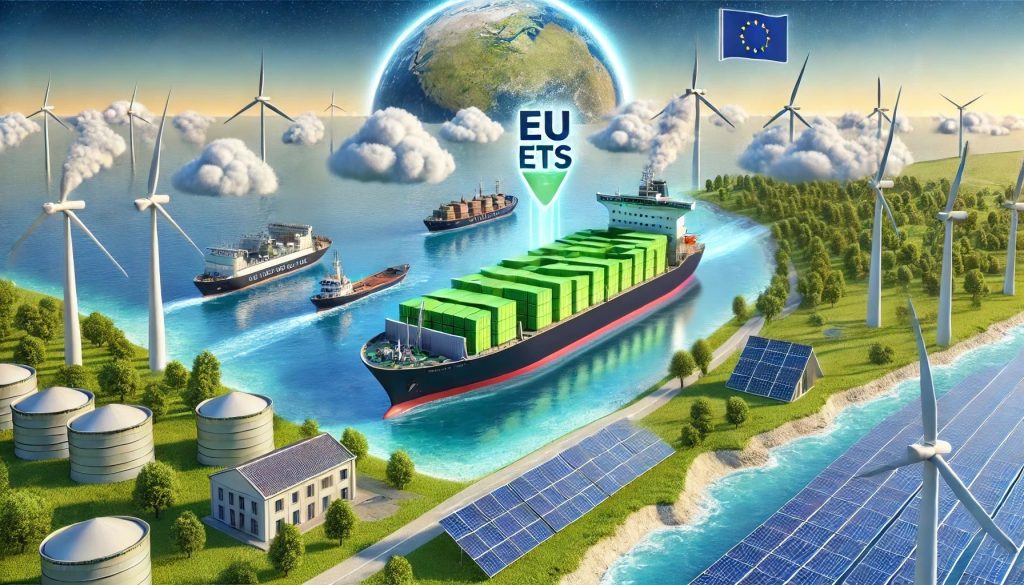The European Union Emissions Trading System (EU ETS) is one of the central tools for reducing greenhouse gas emissions in the EU and achieving its climate goals. According to a report by the technology company Wärtsilä, sustainable shipping fuels can reach cost parity with fossil fuels by 2035 with decisive policy.
In 2023, the system was expanded to include maritime transport, setting stricter emission limits for shipping operations. This shift opens a significant opportunity for renewable fuels like green methanol.
Maritime Transport and Emissions
Shipping is responsible for approximately 2–3% of global greenhouse gas emissions, and without significant action, these emissions are expected to rise. The inclusion of maritime emissions in the EU ETS is a major step toward controlling these emissions. From 2024 to 2026, shipping companies operating between EU ports must report their carbon emissions and purchase allowances to cover them. This incentivizes a shift toward cleaner energy sources.
Under the new EU ETS rules, maritime emissions will be phased into the system gradually, creating a financial incentive for operators to reduce their emissions by adopting greener fuels and technologies.
Green Methanol: A Rising Demand
One of the most promising solutions for cutting maritime CO₂ emissions is green methanol, which is produced using renewable energy and carbon capture technologies. Methanol can replace traditional marine diesel engines, and it results in significantly lower emissions compared to fossil fuels. When produced using renewable energy sources like wind or solar, green methanol can achieve nearly zero lifecycle carbon emissions.
The shipping industry has begun to recognize the potential of green methanol. Major shipping companies, such as Maersk, have already committed to building methanol-powered vessels, signaling a rapidly growing demand for this clean fuel. Green methanol presents a tangible way to meet the regulatory demands of the EU ETS.
Future Prospects
The extension of the EU ETS to maritime transport, combined with the pressure to reduce emissions, will drive demand for green methanol. As infrastructure for producing and distributing green methanol expands, the supply capacity is expected to grow significantly. This will help meet the increasing demand as more shipowners transition to this alternative fuel.
Global climate initiatives, including the International Maritime Organization’s (IMO) targets to cut shipping emissions by 2050, further support the role of green methanol as a key enabler in reducing the carbon footprint of the maritime sector.
Read more:
[European Commission on EU ETS expansion to maritime](https://climate.ec.europa.eu/eu-action/eu-emissions-trading-system-eu-ets/revision-eu-ets_en) [Maersk’s investment in green methanol]https://www.maersk.com/news/articles/2022/08/23/investing-in-green-methanol-future
[EU ETS and climate targets – Oeko Institute]https://www.oeko.de/fileadmin/oekodoc/Analysis-of-LULUCF-Regulation.pdf
Wärtsilä: Sustainable shipping fuels can reach cost parity with fossil fuels by 2035 with decisive policy, says new Wärtsilä report

